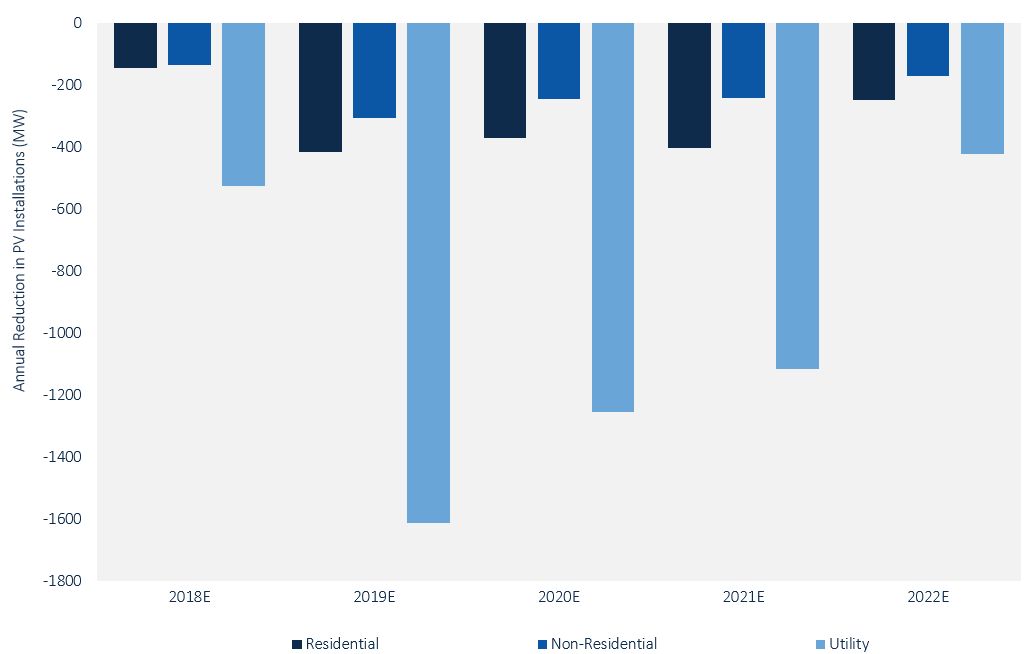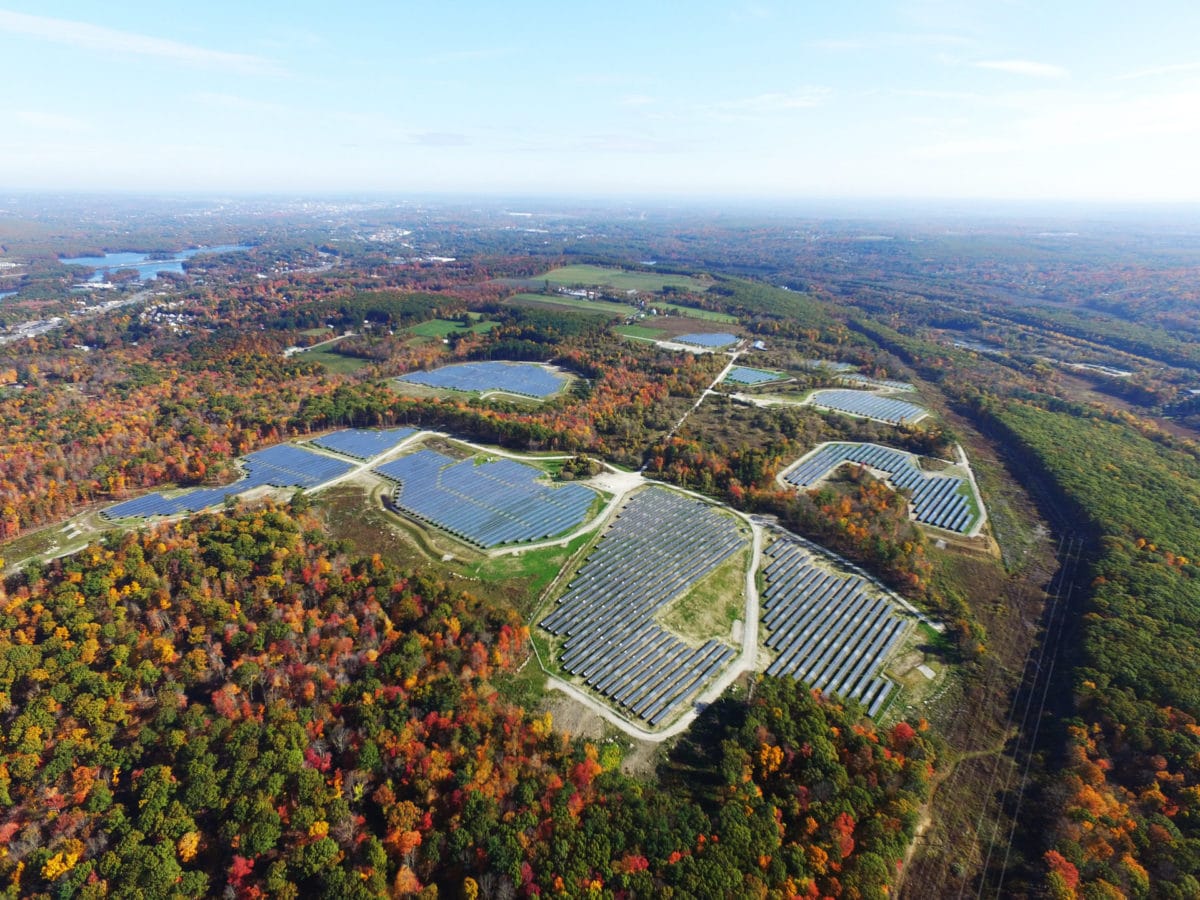On May 9th, eight Republican U.S. Senators from strong solar states, and a couple of aspirants, signed a letter requesting that ‘utility-scale’ 72 cell, 1500-V solar modules be exempted from the 30% Section 201 solar panel tariff.
The eight Republican U.S. Senators are Thom Tillis (NC), Dean Heller (NV), Jerry Moran (KS), Cory Gardner (CO), Lindsey Graham (SC), Richard Burr (NC), Pat Roberts (KS), and Tim Scott (SC). North Carolina and Nevada are solar heavyweights, and Colorado also has a healthy solar market. South Carolina has recently seen the public turn toward solar with its ongoing $9 billion nuclear boondoggle, and Kansas is really just getting started with solar.
The Solar Energy Industries Association (SEIA) announced the letter via Twitter:
NEW: A group of eight Republican senators send a letter to the @USTradeRep, @SecretaryPerry and @SecretaryRoss calling for utility-scale #solar panels to be exempted from the #TrumpTariffs. pic.twitter.com/QxutfjkQ6y
— Solar Industry (@SEIA) May 11, 2018
The letter states that 72-cell, 1500 volt panels have never been manufactured in the United States. However, SolarWorld’s website shows several of its SunModule XL products offering either 1000 volt or 1500 volt options. And while a representative of a national developer has told pv magazine that domestic versions of this module were not available, SolarWorld has confirmed that it has indeed made 72-cell, 1500 volt modules in its Oregon factory as well as in Germany.
It is also notable that First Solar manufacturers 1500 volt solar panels for utility-scale projects, and has since 2014, in the United States. These cadmium telluride thin-film panels have a much different cell configuration.
But with SolarWorld’s less than real capacity and First Solar being sold out to utility scale customers through the middle of 2020 – even accounting for new factories – the market limitation argument is sound.
If this tariff were to be effectively rescinded for utility-scale customers the results could be significant in terms of total volume relative to the whole of the United States, as the utility scale sector is bearing the greatest consequences of this solar panel tariff. GTM Research estimates just short of 600 MW in cancelled installations as a result of the tariff in 2018, but a jump to about 1.6 GW in 2019. For comparison’s sake, the residential and commercial solar markets were about 2 GW each in 2017.

The reason the utility-scale solar power sector suffers so much versus other sectors is that the solar panel itself represents a much greater part of final installation costs. In a $1/W, utility-scale installation, a 30¢/W solar panel is 30% of system costs. That same panel in a $3/W residential install is 10% of system costs. Thus the 30% Section 201 tariff, with its 9¢/W tax, increases the cost of a utility scale project by 9%, but a residential system only 3%. Same amount of money – different effect.
This economic argument is pointed out in the letter.
That utility-scale solar panels weren’t being manufactured in the United States was brought up during the original hearings when the Section 201 tariff was being debated. This argument did not seem to sway trade officials.
One reason this argument might not get far is that the transition from 60 cell residential panels to 72 cell panels isn’t a significant one technologically, but is instead based upon economic factors. Residential panels tend toward higher efficiencies with other features – all black for instance – that drive costs higher. Thus it could be concluded that if utility scale panels could be forced to have a respectable margin via a tariff they would be built domestically.
This letter, with its specific political backing, is interesting in light of recent news showing that SEIA’s political action committee (PAC) began providing more money to Republican candidates than Democrats in 2016, in contrast to previous years.
SEIA has been courting Republicans for a number of years, but this is one of the rare instances where pv magazine staff has seen a significant number of Republicans openly backing an issue of significant importance to the solar industry.
Correction: This article was corrected at 10:20 AM and 1:45 PM and 2:00 PM EST on May 14 to include new information regarding competing claims as to whether or not SolarWorld has made 1500 volt modules in the United States.
This content is protected by copyright and may not be reused. If you want to cooperate with us and would like to reuse some of our content, please contact: editors@pv-magazine.com.









To my knowledge, there are no 1500V solar modules, only solar modules capable of being used in a 1500V system.
I know that there are many panels certified as 1500V capable – is that different somehow that ‘being’ a 1500V module? I am not an EE so I might be missing a simple thing.